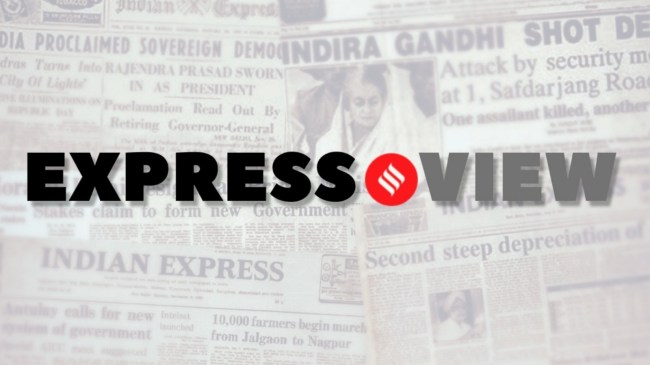Opinion In Trump, China back and forth, an uncertain climate
As Trump announces reprieve for most nations, while escalating tariff war with China, rules of the game continue to be mired in unpredictability
 The manner in which the US administration's trade policy is unfolding is only raising the level of uncertainty in global markets.
The manner in which the US administration's trade policy is unfolding is only raising the level of uncertainty in global markets. Just a week after “Liberation Day” — when US President Donald Trump announced the most sweeping tariff hikes in recent history — he has announced a 90-day pause for most nations. Trump has, however, stepped up his attack on China, raising tariffs to a staggering 125 per cent. Markets initially welcomed the announcement, rallying in the hope that there is space for negotiation. The S&P 500 surged more than 8 per cent after the news, even though the 10 per cent base tariff remains in effect. On Thursday, markets gave up gains in early trading. The uncertainty is here to stay.
Trump has said that the decision to pull back was because some were getting “a little bit yippy, a little bit afraid”. But the immediate trigger for the reversal may be the threat from the bond market vigilantes. On April 9, the 10-year US treasury yield touched 4.51 per cent, up more than 50 basis points in a matter of a few days. The push back has been similar to what was seen in the UK under former prime minister Liz Truss — the market then had been spooked by the government’s tax proposals. Some may find comfort in the 90-day pause, believing that negotiations can be undertaken to avoid further action. But there are concerns. First, what will happen over the coming 90 days? Will Trump actively cut deals with all the countries that are willing to do so? Will he press for sweeping tariff reductions or will he also try to extract sector-specific and other concessions? Second, the tariff war with China is still on. A trade war between the world’s largest consumer and largest producer is likely to have far-reaching ramifications. It’s difficult to predict how this will play out. So far, China has refused to buckle. It has vowed to “fight to the end”, and has, in fact, retaliated in kind, announcing a tariff of 84 per cent on US imports. The question is whether the two countries can figure out a way to de-escalate.
The manner in which the US administration’s trade policy is unfolding is only raising the level of uncertainty in global markets. It will also raise a legitimate question in the minds of world leaders, businesses and households: What if the US administration changes its mind again? The global economy cannot function in a situation where the rules of the game are arbitrarily changed every day. The continuing flip-flop on tariffs will only add to the unpredictability, holding back both investment and consumption decisions of businesses and households. This will impact global trade and growth. The Indian administration’s response to this stunning reversal should not be one of complacency. It must press ahead with the bilateral trade deal.






